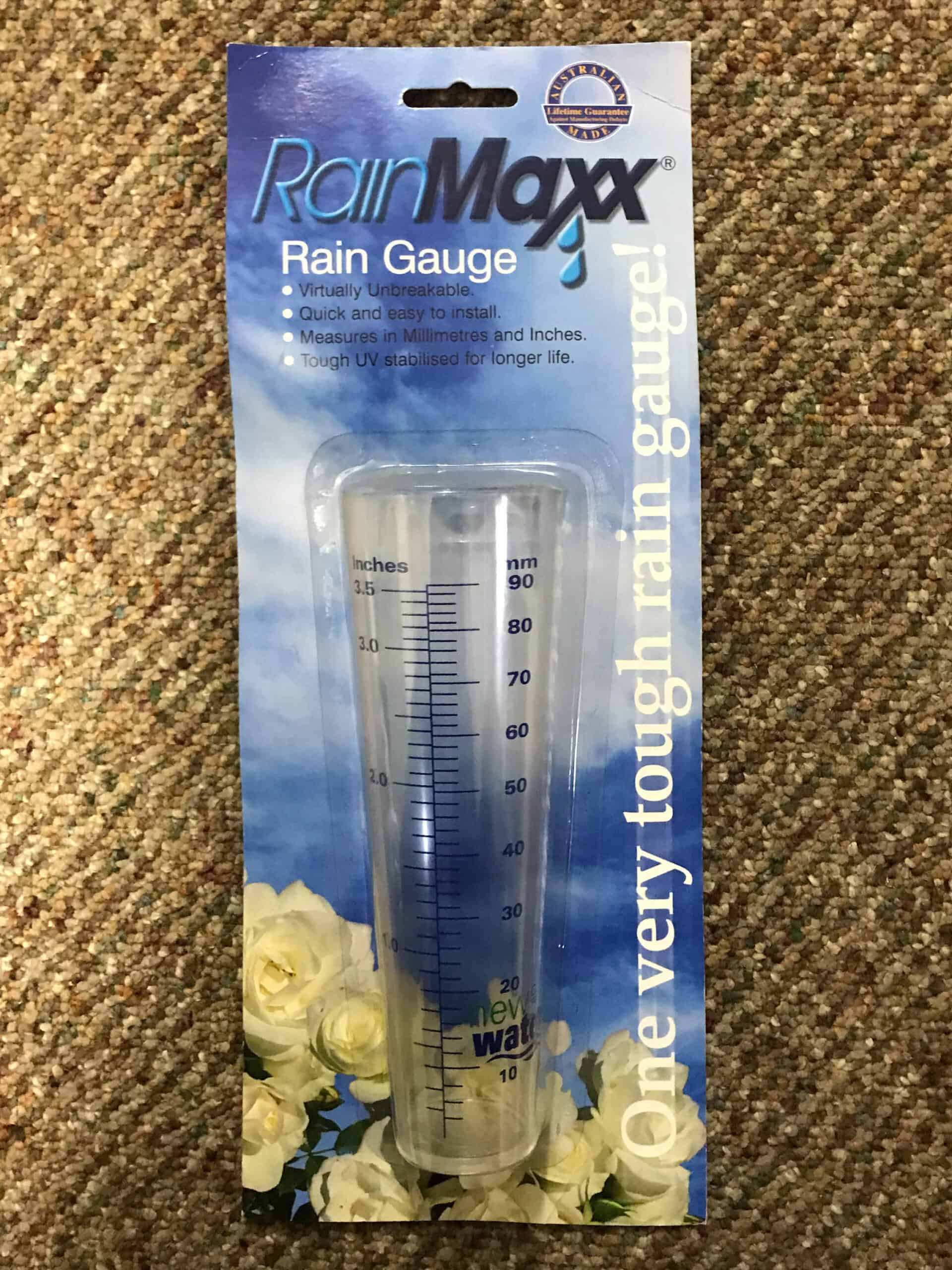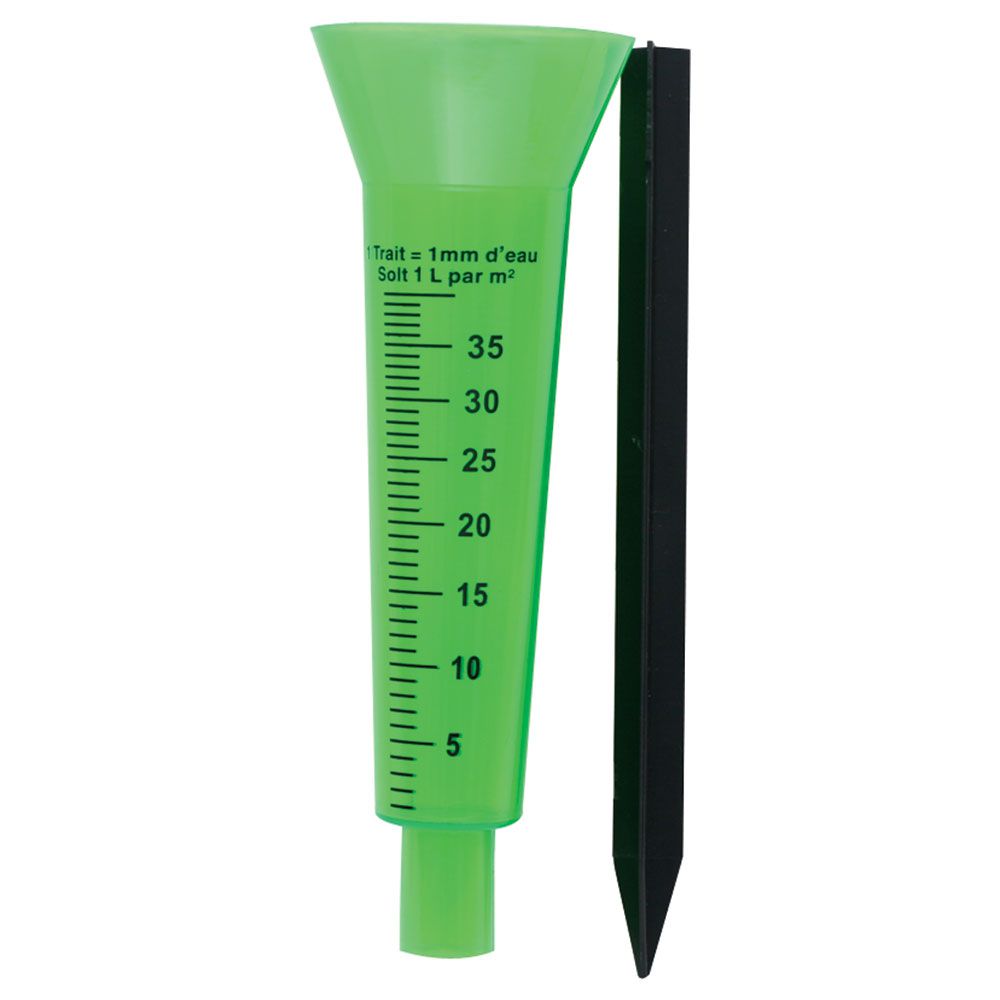Rain Gauge Buying Guide: What You Need to Know for Optimal Efficiency
Rain Gauge Buying Guide: What You Need to Know for Optimal Efficiency
Blog Article
Introducing the Scientific Research Behind Rain Assesses: How These Instruments Play an Important Duty in Environment Research and Ecological Tracking
Rain determines, apparently straightforward gadgets, hold a profound importance in the world of environment research and ecological tracking. These simple tools quietly collect among nature's most necessary aspects-- rains. Behind their unpretentious facade lies a complex scientific research that is indispensable for understanding the dynamics of our environment. As we peel off back the layers of this scientific veil surrounding rainfall determines, we discover a world where precision, data accuracy, and precise observation assemble to reveal a deeper understanding of our altering climate and its effect on the earth.
Importance of Rain Scales
Rain assesses play an indispensable function in surveillance and determining rainfall levels, offering crucial data for climate research and evaluation. These gadgets are fundamental in quantifying the quantity of rainfall that takes place in a certain area over a certain duration. By gathering and measuring rainwater, rainfall assesses offer beneficial insights into the distribution and intensity of rainfall, assisting meteorologists, hydrologists, and climatologists in understanding weather condition patterns and fads.
Furthermore, long-term information gathered from rain gauges aids in examining climate modification impacts and patterns, contributing significantly to scientific research study and decision-making procedures. In essence, rain assesses serve as essential devices in the field of meteorology and environmental scientific research, playing a critical duty in advancing our understanding of weather condition and climate dynamics.
Types of Rain Gauges

Functionality and Operation
In the world of climate research and meteorological researches, the performance of rain evaluates hinge on their elaborate capability and exact functional devices. Rainfall gauges are designed to accurately gauge the amount of rainfall that tips over a specific area during a collection duration. These tools normally contain a funnel that accumulates rainwater and channels it right into a determining tube. The gauging tube is noted with calibrated dimensions that permit the precise quantification of rains.
The functionality of rain gauges is based on the principle of determining and accumulating rain in a standard way. This gathered data is important for recognizing neighborhood weather patterns, tracking long-term climate patterns, and examining environmental effects. To guarantee precise dimensions, rainfall evaluates demand to be strategically put in open locations away from obstructions such as structures or trees that can hinder the collection process.
The operational element of rainfall gauges involves routine upkeep to read here stop debris buildup, calibration checks to maintain dimension accuracy, and information taping for evaluation (rain gauge). Overall, the functionality and operation of rain assesses are essential for gathering trustworthy rainfall information essential to environment study and ecological monitoring
Role in Climate Research
Given the vital value of precise precipitation measurements in comprehending weather condition patterns and ecological effects, the function of rainfall assesses in climate research study is vital. Rainfall assesses give essential information for environment research study by quantifying the amount of rainfall that tips over a specific location throughout an offered duration. This information is important for keeping track of long-term trends in precipitation patterns, examining the influence of environment modification on rainfall distribution, and improving climate models.

Environment scientists make use of data gathered from rainfall assesses to analyze variants in rainfall degrees, identify local environment trends, and evaluate the performance of water source administration methods. see here By comparing historic precipitation information with existing measurements, researchers can spot changes in precipitation patterns, such as changes in the frequency or intensity of rains occasions. This info is vital for recognizing how environment change is influencing rainfall characteristics and can assist policymakers make educated decisions relating to adaptation and mitigation methods.
Applications in Environmental Tracking

In flood projecting, rainfall scale information assists to track rainfall intensity and circulation, allowing authorities to release prompt warnings and take required measures to minimize flooding dangers (rain gauge). Drought monitoring relies upon rain gauge data to examine wetness levels in the dirt and track precipitation deficits, aiding in the recognition of drought-prone areas and the implementation of dry spell action methods
Additionally, rain scale data plays a vital duty in water source monitoring by supplying details on water schedule and use fads. This information is utilized to make enlightened choices concerning water allotment, conservation actions, and sustainable water source planning. In addition, go to this website in agriculture, rainfall gauge information assists farmers in maximizing watering routines, crop option, and overall farm monitoring practices based upon local precipitation patterns. Overall, rainfall gauges are crucial tools in ecological monitoring, using beneficial insights that add to notified decision-making and sustainable source management.
Conclusion
Finally, rainfall evaluates are important devices for determining rainfall, supplying valuable information for climate research and ecological surveillance. With numerous types and performances, rainfall gauges play a critical function in comprehending rainfall patterns and their effect on the atmosphere. By accurately gauging rains, these gadgets contribute to the improvement of scientific knowledge and aid in making notified decisions pertaining to water resource management and calamity preparedness.
Rainfall assesses play an important role in surveillance and gauging rainfall levels, offering vital information for climate research and evaluation. The typical rainfall gauge, recognized as the "tipping container" gauge, is one of the most generally utilized devices. Ultrasonic rainfall assesses use audio waves to find the existence of rain, giving real-time data on precipitation degrees.Climate scientists utilize information gathered from rainfall assesses to evaluate variations in rainfall degrees, recognize local environment patterns, and evaluate the effectiveness of water source management strategies.In final thought, rain assesses are necessary devices for measuring rainfall, giving useful information for climate research study and ecological tracking.
Report this page